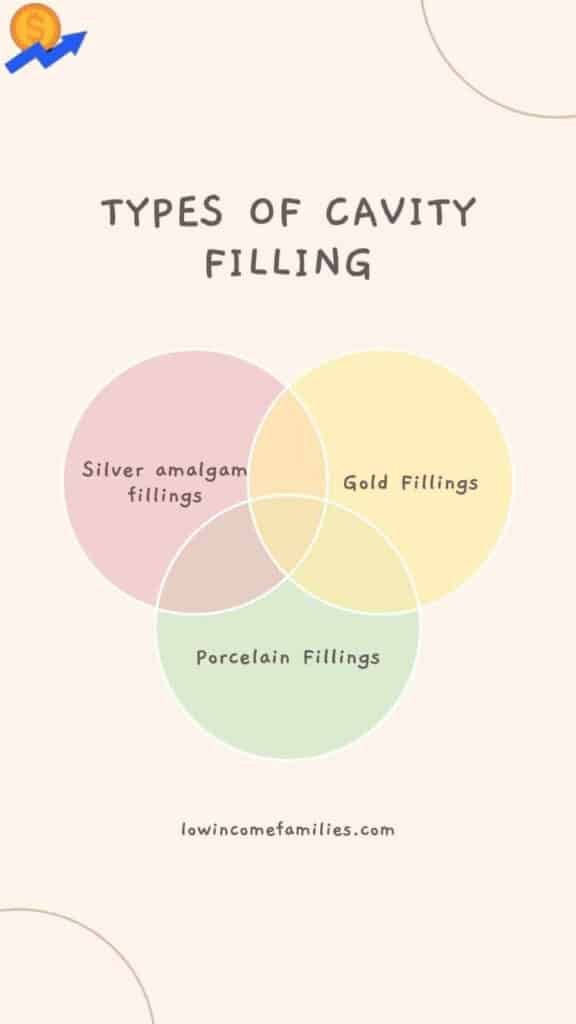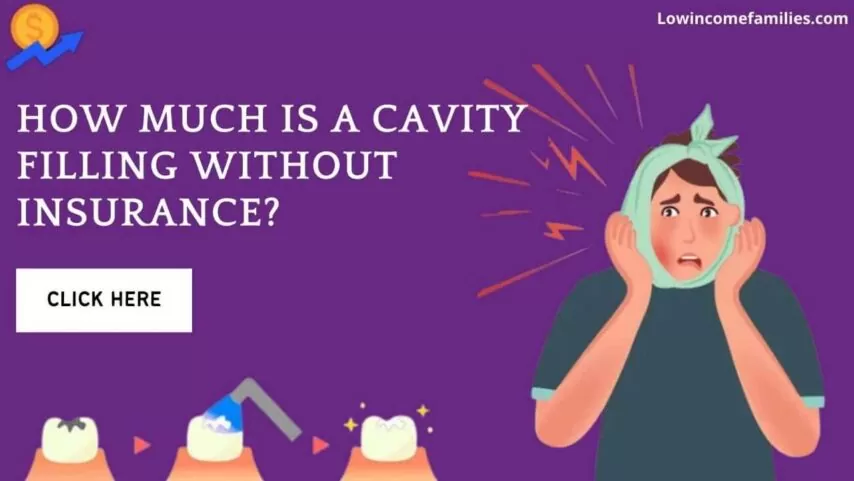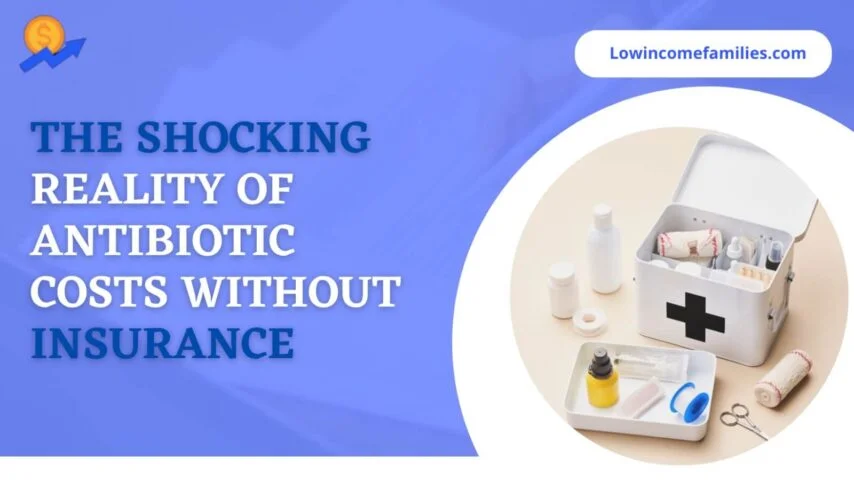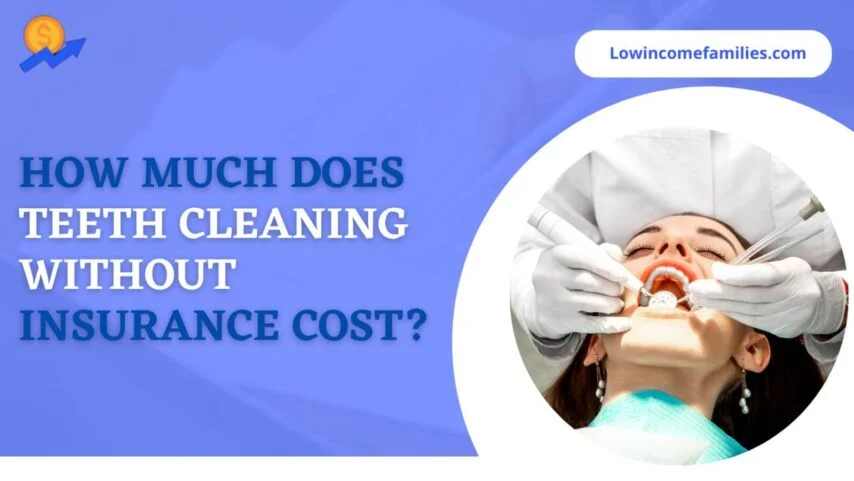Among Americans without cavity health insurance, the average Cavity Filling Cost Without Insurance is between $145 and $191. The price can vary between 104$ and 472$ depending upon the shape of the cavity and the material used. Dental insurance may also affect the costs of the fillet.
Discount Dental Plans will save you money when you have dental treatment in a non-infrastructure. Discover the dental discounts offered through this ARTICLE.
Dental crowns and dental veneers will help prevent tooth loss. A filling is usually a patch in the tooth where a cavity has been formed. Dental Filling materials are flexible and your dentist may shape them to fit specific areas in your mouth. Modern fillings are produced in different materials.
Some are hand-shaped in placed in your mouth at the time of the visit. Often these fillings have lab-developed fillings that you send to the doctor for an impression and put in labs for the test.
People Also Read:
I Need Emergency Dental But I Have No Insurance & No Money…
What Is A Cavity Filling?
Fillings treat tooth decay and aid in avoiding further damage and tooth loss, in addition to pain and infection. A filling is a dental restoration that fills a hole or cavity in the tooth.
Filling a cavity may be uncomfortable, but it shouldn’t be painful. Anyone who has moderate to severe pain during or after the operation should notify their dentist. We describe the materials used in fillings and provide information on the procedure, such as the amount it costs and when to contact the dentist afterward, in the sections below. You can check also, how much does a psychiatrist cost without insurance?
Purpose Of Cavity Filling
In some cases, toothache and pain can be caused by the cavity. You may also be needing fillings. Typically cavities are decay in teeth which is causing decay.
A dentist may remove smashed parts with a tool, air abrasive instrument, or lasers. The types of instruments are dependent upon the location of the cavity, the extent of the decay, and the dental expertise of the dentist.
The dentist removes a cavity by cleaning it thoroughly and eliminating all debris and bacterial growth. The area is then sealed using protective materials called fillings. The filling is seen by many as a basic restorative service. You should be careful about filling in the blanks. You should not fill in.
Must Know:
Does Medicaid cover dental implants?
Why Do People Need Dental Fillings?
In case the cavity has smaller / medium dimensions, it is necessary for dental fillings. However, the dental filling cost can vary according to the length of the restorations. The quicker the dentist detects a cavity the quicker the procedure will be. It is very important to keep in mind cavities are bacteria that spread when treated.
The rate rises with time for teeth replacement. Typically a cavity could expand in nerve roots or have structural damage to the nerves and subsequently not require filling. Fillers are specially used to prevent tooth decay. The people who don not have insurance wish to know about Cavity filling cost without insurance.
Composite Dental Fillings
A white composite filling is the most widely used form of dental filling. Composite fillings usually have a cost of between $100-$200 for a single surface. Standard cost ranges from $150-440 for 3-plus surface types and more. These fillings cost less than silver fillings.
Nevertheless, White Fillings prices have remained significantly lower in recent years. If you have a dental insurance plan that covers white fillings, you will pay much less than if you have a gold option. With white fillings, you can replace any tooth on a smile that is not visible.
Types Of Dental Filling Costs
What is the most effective filling procedure that can be done by a dental practitioner? What filling material are you using will affect your costs and your dental insurance. Depending on the prices in the markets, certain filling material changes continuously depending on supply/demand.

Fillings made by dentists on the same day can generally be more cost-effective than those created in a laboratory. Lab-filled fillings are very rarely used but dental surgeons prefer them. The lower the cavity, the lower the fill, and therefore the lower costs are.
Gold Fillings
Costs in the case of dental infection are typically lab-made. Often referred to as the crown and crowns with three-dimensional crowns. As the largest lab restoration, gold provides strong and durable support to areas with weakened tooth enamel. This is nice in comparison to the fillers and crowns of the larger size.
-
Cost Of Gold Fillings
Gold filling is a durable metal that can endure for ten years. Gold fillings are much more attractive than silver fillings because of the way they look but can come for an enormous cost of up to $1800 depending on the amount you require.
These fillings can also cost more than silver-filled fillings and require multiple dental appointments to get the proper fitting.
Silver Amalgam Fillings
Silver fills are often the more inexpensive filling available. Silver filling costs between $50 and $150 per surface. The normal costs for the three surfaces vary by about $200 to $400. In most cases insurance pays more for filling materials.
Fillings are made from amalgam or alloy (mix of materials). Amalgam-filled fills are often used. These are perfect in the case of impossible teeth dry because they don’t require bonding.
-
Cost Of Silver Amalgam Fillings
Silver amalgam filler has the same qualities as gold filler in that it is robust but it’s available for a lower price. The cavity filling costs usually range from around $50 to $400 depending on the quantity required. Fillings. Unfortunately, amalgam filling is more inclined to expand the tooth and expand more easily.
Porcelain Fillings
White filling is not exactly like porcelain fill. The porcelain filling is lab-made (inlays/Onlays like crowns). Because there are additional processes to create them, laboratory dental filler costs are increasing. And then there are material issues.
There is not a uniform difference between porcelain. Several of them have very thick zirconia. Another is our custom CEREC treatment. Material types are directly linked to the costs of the process.
-
Cost of Porcelain Fillings
It costs around $300 to $4,500. Porcelain fillings are different from white dental fillings. Similar to a crown, a porcelain filling is manufactured in a lab (inlay/onlay). It raises the price of lab-made dental fillings since there are more procedures involved in creating and putting them.
There is also the issue of the materials employed. Ceramics and porcelains vary widely from one another. Some of them are made of extremely dense zirconia. Others are CEREC custom-milled procedures. The kind of materials used has a direct impact on the procedure’s ultimate cost.
Why Do Dentists Recommend Different Types Of fillings?
Usually, a dentist will recommend a suitable filler for your mouth. But please know that filler is not a solution for cavities. In addition, dentists may use this technique in repairing cracked teeth too. The dentist is going to pick the best material based on a specific procedure. In some cases, a dentist must consider several different factors for his patients to determine whether he or she is going to use dental implants. If you need dental work but have no money, you can check our particular topic I need dental work but I have no money.
Should You Get Your Tooth Pulled?
It’s always better to restore the teeth that were lost in the past. Extracts are best when teeth are not properly preserved and the tooth is too weak. The filling does not improve the teeth. Even though undergoing the extraction can be less expensive than fillings, a dental surgeon can replace them. An implant will take a long and costly amount of time as compared to a quick filling.
Cost Of Dental Fillings Without Insurance
The filling is an important part of many dental insurance plans. Dental insurance benefits vary according to plans. To find detailed coverage, check your insurance documents or call your plan administrator. Preventive maintenance like regular cleanings usually covers the cost in no time. Cleaning teeth is generally covered by insurance according to the annual limit. But still you should know, cavity filling cost without insurance.
Generally, all plans cover 80% of expenses related to procedures, including filling out documents or forms. These costs apply after a deductible is met and vary depending on the plan.
Almost every dental insurance company provides fillings. Your plan may, however, determine which fillings are covered or what amount your plan pays annually. If you only want one filling, your insurance coverage can easily exceed your entire mouth. If you only want fillings on your mouth. Dental fillings typically cover about 80 %.
The level of coverage depends upon the insurance plan. You or your employer (whichever originally joined your plan) decide what coverage you will receive.
How To Save Money On Cavity Filling Cost Without Insurance?
If there is no dental insurance, you may need to pay for dental treatment. Often dental workers are paying off debt using credit cards. To reduce costs, you can use dental plans that include membership clubs.
Memberships are available for $99. You can also receive discount dentist services in the networks in which your company operates. You could save more by choosing dental savings programs over traditional dental insurance.
A dentist’s fee for removing the teeth will vary a lot depending on the type of filling materials, the number of surfaces required, and additional procedures required. Average prices range between $300 and $400.
The fill is usually $4500 based on your particular situation. You can save money on your dental services if you prepare. Dental saving plans reduce the cost of dental fillings by up to 60%. Advertising.
Dental Savings Plans
You can also purchase dental savings plans. Dental Discount Plan is a membership program that allows you to save on dental services. In a dental savings plan, the dentist will give members lower prices.
It only takes a small annual fee to access the nationwide dentist network without restrictions. Consider dental coverage alternatives based on Careington’s Care 500 Plan.
-
The Cheapest Way To Get Dental Fillings
Can you list some of the most effective ways to get an affordable filling? Yes. Dental discount schemes offer an excellent solution when looking at avoiding the cost of dental treatment; the average cost of dental treatment is about 60%. Dental plans are available at almost 100 dentist centers in 59 states nationwide.
-
Treating The Cavity ASAP
The earlier a tooth decay treatment takes place the lower the cost of the procedure. The value for small fillings today could quickly turn out to thousands of additional dollars for treatments months from now. The fact that teeth are painful doesn’t imply that treatment is being prevented. Eventually, this haunts your soul. If you’re looking to pay more for a tooth filling, it’s better to invest more than just for a filling. Advertising.
-
Dental Schools
How does it save you time and money by going direct to the dentist’s school closest to you? Dental schools provide exceptional quality dental treatments performed by renowned and skilled dentists with constant supervision by an experienced dentist. The results are perfect, and the expenses are low, but the downside is: that you can wait a little longer. The students must get a grade and check on the quality of their work.
Payment Plans
People often take advantage of dental plans when paying dental care costs. Especially as most insurers have not adjusted their premiums to the average costs in over forty years of history.
In today’s world, many do not have dental coverage. With payment plans, it is possible to get 0% or very minimal interest and instant approval. This allows you to schedule treatment as soon as possible despite a big emergency budget.
-
Community Dental Clinics
Most communities are based on having a fully-serviced or popup dental clinic which offers charitable activities if they qualify. The cost of the clinic can vary greatly. The majority of these services involve dental cleaning, examinations, and extraction procedures. Many also have larger dental fillings.
Conclusion : –
Get your dental surgeon’s advice on the most appropriate fillings and the amount they cost. Usually, a dentist will arrange a payment plan for you. Consider buying a dental savings plan. This can save a lot of money to improve your oral health.
We hope that this article was helpful for you. Get your teeth done even if you don’t have insurance. Before going procedure you must ask cavity filling cost without insurance to your doctor’s clinic. It’ll prevent further complications. Share it with your acquaintances or friends who need this information.
Frequently Asked Questions
How much does a filling cost with insurance?
Dental insurance can make it easy to avoid dental treatments. The cost of filling with insurance varies from a hefty $36 to a $336 filling and most insurance plans cover 50 to 80 percent of the price.
Dental savings programs like the 1Dentals Care500 plan can reduce the average cost to under $100 per filling. However, the deductible is determined based in part on dental insurance coverage.
What factors influence cost?
Always get the dentist that has your insurance coverage. Dental coverage covers part of your fillings or full coverage of your dental treatment. You’ll be asked for deductibles if your insurance doesn’t have coverage in this area before the insurance period ends. A few factors impacting costs for fillings are:
How do save money on Tooth Filling?
Paying for a filling can be a daunting task when compared with the prices mentioned earlier. However, you can reduce the price of tooth fillings if you don’t want to buy expensive products. There for we feel to address this cavity filling cost without insurance query asked by most people.
If you enjoy this article, share this with all your friends and family members, so they can update their knowledge.












